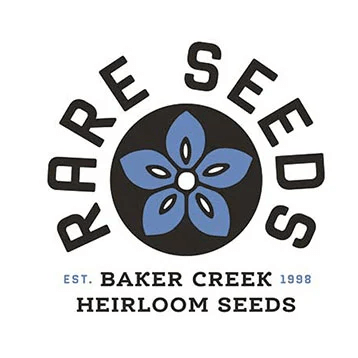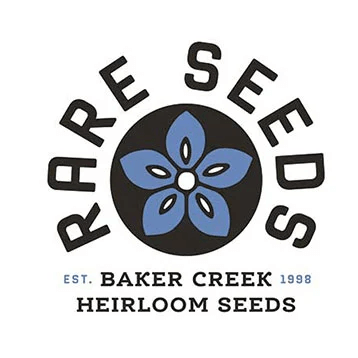Every homesteader needs a resource like Rodale's Book of Practical Formulas (Rodale Press, Inc., New York, 1991). It is filled with recipes and formulas for all your do-it-yourself, cleaning, remodeling, repairing, camping, celebrating, and problem-solving projects. My sister gave this book to me one Christmas, and I refer to it anytime I want a non-toxic, sustainable, low cost solution to a project. The section on cleaning solutions for tile and grout is especially well used. The book is written by a team of experts in their fields, and provides a distilled version of their expertise.
The book is divided into ten chapters that cover most areas of life: Car Care, Cooking, Gardening, Beauty, Health, Home Repair and Remodeling, Housekeeping, Crafts, Pet Care, and Outdoor Life. Recipes and formulas range from driveway cleaner, a one-minute breakfast, cutworm bait, apple-cider vinegar toner, and chapped lips salve; to colored concrete, lemon oil furniture polish, flower drying mixes, deluxe dog biscuits, and hiker's granola. The backmatter provides a list of supply sources from all over the world (herbs and spices, beeswax, diatomaceous earth, orange oil, plaster molds, dyes and mordants, to name a few).
Two of my favorite chapters are Gardening and Crafts. The Gardening chapter provides recipes for seed starting and soil mixes, natural fertilizers, compost and pest repellents. Other formulas encourage root growth and sterilize containers. The Crafts chapter includes a section on "Dye Crafts", with information about plants used for dyeing, and how to dye wool (should be useful when I expand from dyeing cellulose-based fibers to protein-based fibers). I heartily recommend this book for any task or project you need to tackle. And, when you're ready for a break, head over to the Cooking chapter for the sandwich bar and apple crisp!




